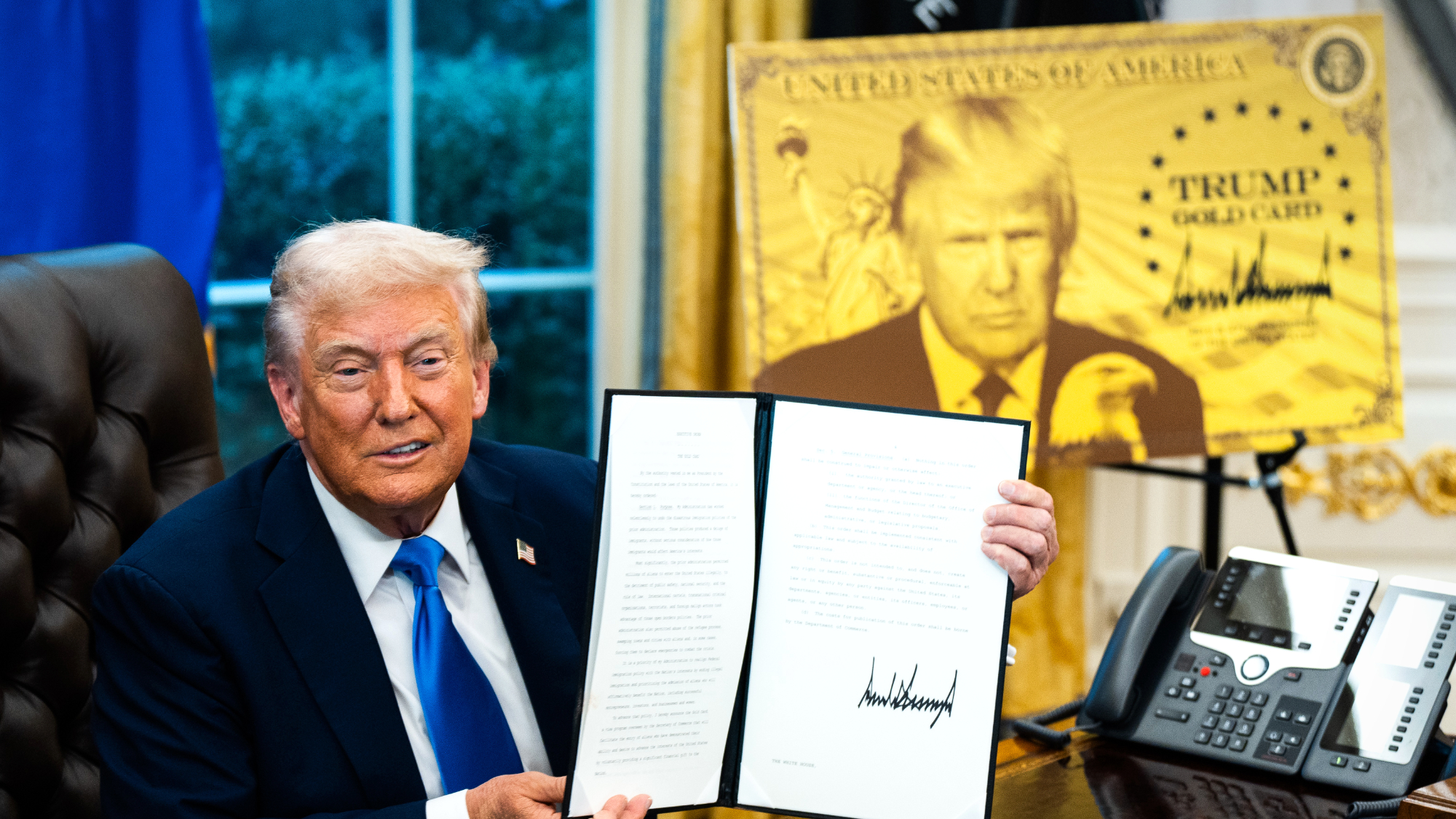What your smartphone germs say about you
The molecules you leave behind on your phone can tell researchers exactly who you are


You can tell a lot about a person by looking at their phone. The make and model might say something about their income bracket. Their case could be a fashion statement. And a cracked screen could mean you're dealing with a clumsy butterfingers.
But all of this is based purely on aesthetics. Now, researchers are zooming in — way in. By analyzing the molecules left on the surface of a phone, scientists at the University of California, San Diego discovered they could create an accurate lifestyle sketch of the phone's owner. How accurate? They can determine the person's gender, diet, and even any recurring medical conditions, simply by examining the molecules on the phone, according to a paper published recently in the Proceedings of the National Academy of Sciences.
Every time you touch your phone, you're transferring the molecules that linger on your hands to your device's surface. And since most people rarely clean their phone (gross), those molecules have a habit of staying put much longer than they do on your hands — sometimes for months at a time.
The Week
Escape your echo chamber. Get the facts behind the news, plus analysis from multiple perspectives.

Sign up for The Week's Free Newsletters
From our morning news briefing to a weekly Good News Newsletter, get the best of The Week delivered directly to your inbox.
From our morning news briefing to a weekly Good News Newsletter, get the best of The Week delivered directly to your inbox.
The process for collecting these molecules involves swabbing the object, taking a liquid extraction, and using the scientific technique called "mass spectrometry" to weigh the parts of the molecules found. These days, the process takes about two hours to complete. But with a bit more work, in the future, it could be done in a matter of minutes or less, says Pieter Dorrestein, who co-authored the research paper. "We can almost start to think about doing this in real time," he adds.
So where, exactly, can these molecules be tracked back to? They could be from the coffee you guzzled that morning or the Tums you ate after lunch or the moisturizer you lathered on your hands before going to bed. For example, one cellphone used in the study told researchers that its owner was likely female, given the wide array of cosmetic products found in the sample. In addition, she was probably a vegetarian who drank a lot of tea, owned a dog (since there were traces of molecules typically used in dog treatments), and took anti-depressants. How's that for specific?
Of course, we leave our molecules all over the place, not just on our phones. The project focused on cellphones because of how often we handle them, but the scientists are confident this finding is true for any regularly used personal object, like car keys or wallets.
So, how can this new research be used? First of all, the findings can be a huge help with crime investigations, says Dorrestein. Sometimes DNA isn't available, but if the perpetrator or missing person leaves behind their phone or purse, investigators could use it to create a lifestyle sketch that helps narrow down the pool of potential perpetrators or victims.
A free daily email with the biggest news stories of the day – and the best features from TheWeek.com
The findings could also come in handy for doctors, Dorrestein says. They could use the technique to monitor such things as a patient's medication compliance without having to use a needle. Or doctors could monitor a person's exposure to specific kinds of pollution, since objects often give a clearer indication of environmental pollutants than someone's hands since they are washed much less frequently.
But there is plenty more work to do. At the moment, scientists can only detect a fraction of the information these molecules could potentially offer. "Imagine if we could analyze 100 percent of the information," Dorrestein says. "How much we could learn, how much we could say about a person."
Dorrestein predicts that within 20 years there may be real-time molecule sensors available for the general public. Our devices could immediately analyze everything from whether the food in the natural section of the grocery store is actually organic to an individual's own molecular health.
"If this becomes a routine method, it means that people can take their own health care almost in their own hands," he says. "I think that's really empowering."
Hallie Golden is a freelance journalist in Salt Lake City. Her articles have been published in such places as The New York Times, The Economist, and The Atlantic. She previously worked as a reporter for The Associated Press.
-
 $1M ‘Trump Gold Card’ goes live amid travel rule furor
$1M ‘Trump Gold Card’ goes live amid travel rule furorSpeed Read The new gold card visa offers an expedited path to citizenship in exchange for $1 million
-
 US seizes oil tanker off Venezuela
US seizes oil tanker off VenezuelaSpeed Read The seizure was a significant escalation in the pressure campaign against Venezuelan President Nicolás Maduro
-
 Political cartoons for December 11
Political cartoons for December 11Cartoons Thursday's political cartoons include sinking approval ratings, a nativity scene, and Mike Johnson's Christmas cards
